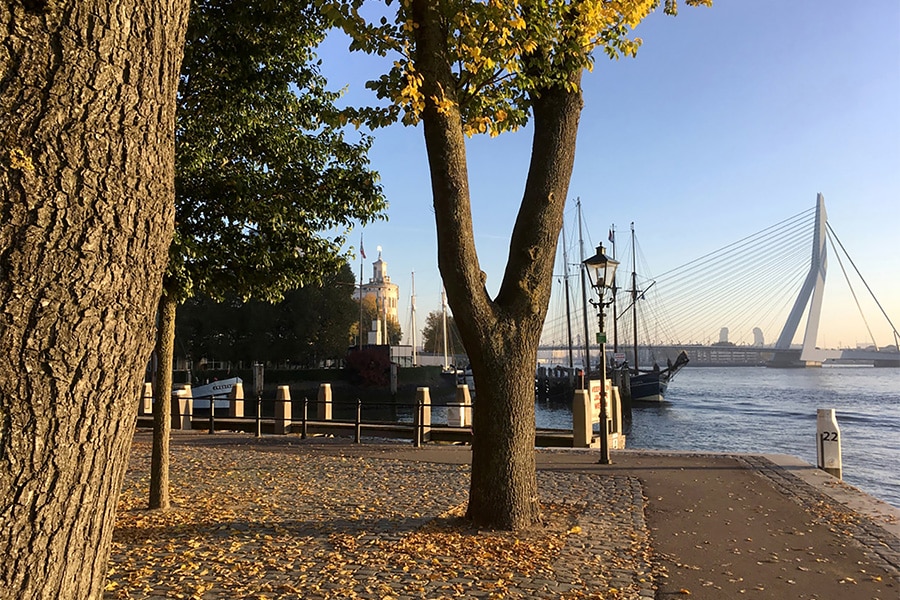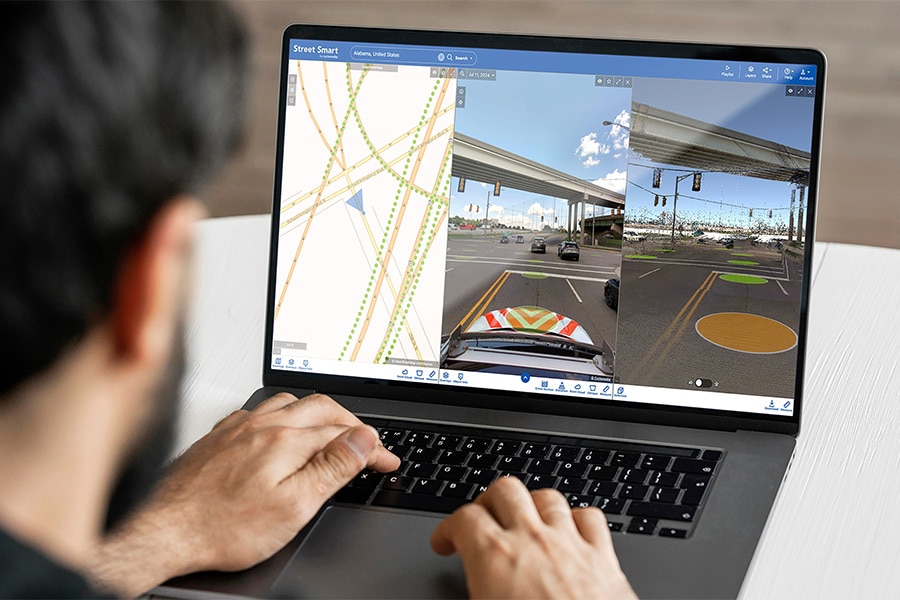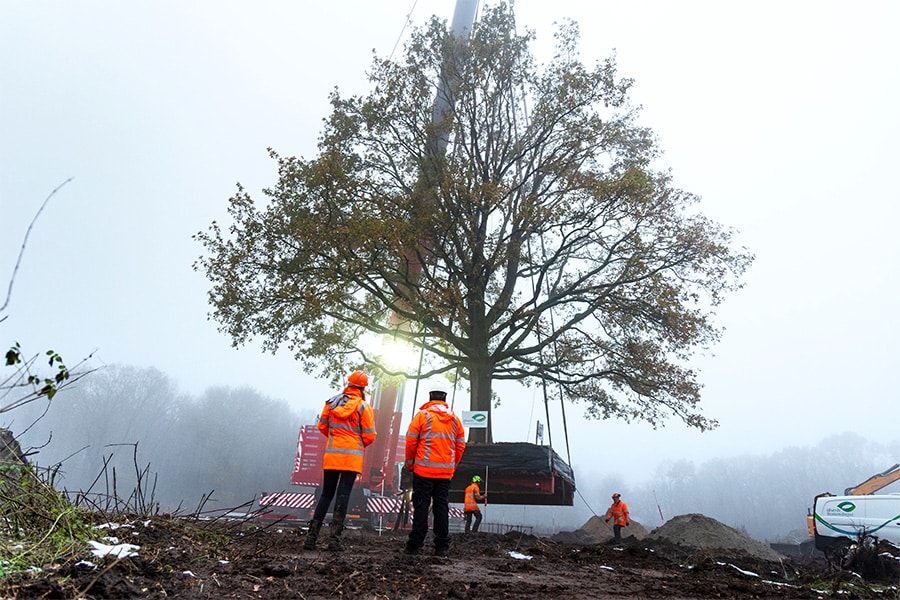
Innovation and transition in the GWW sector
Electrification, digitization, circularity, safety and more
As makers of GWW-Bouwmat, input from the 'field' is very valuable to us in order to respond to current themes and trends in the exciting world of civil engineering. For this reason, starting this year, we started a so-called advisory board where we collect information directly from the source. The first meeting has already taken place and was more than successful, we may cautiously conclude.
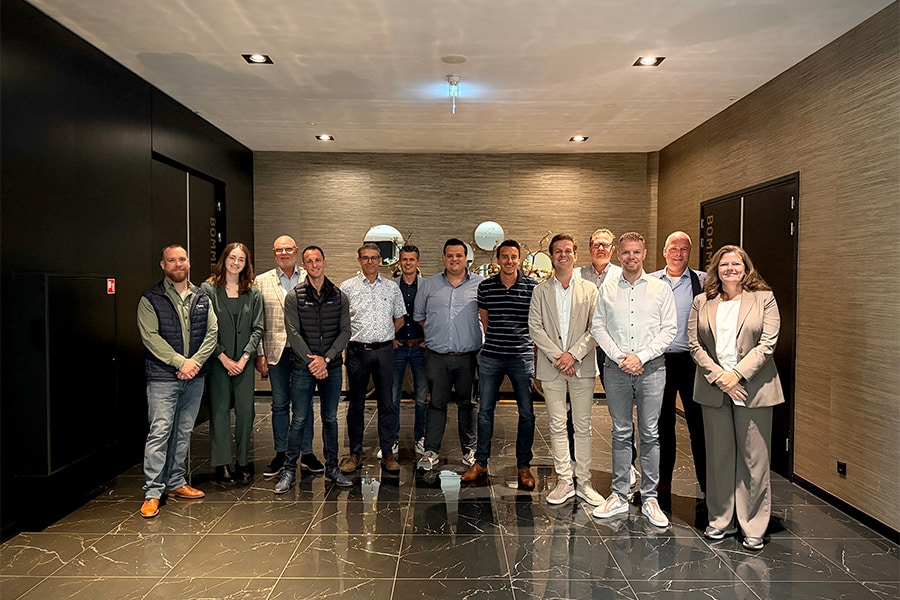
The starting point of this first meeting was therefore to exchange views on the (challenges in the) sector. To this end, we invited a mixed group of experts who are a good reflection of the market. In no particular order they were:
- Annemarie Rutgers, Croonwolter&dros
- Radboud van Dusseldorp, VSE Industrial Automation
- André Hanckmann, TBS-SVA
- Marc Veldhuizen, DISA
- Stefan de Jong, ICT Group
- Robin van Halder, DISA
- Anouk van Donselaar, Bosch Beton
- Leon van der Heiden, Bonneveld
- Thijs Remmers, idverde NL
The experts rightly state that the GWW sector is in the midst of a challenging transition. The task is huge with challenges in energy transition, digitization, sustainability and climate adaptation. It requires a different way of working. At the same time, the sector is struggling with personnel shortages and the implementation of new technologies.
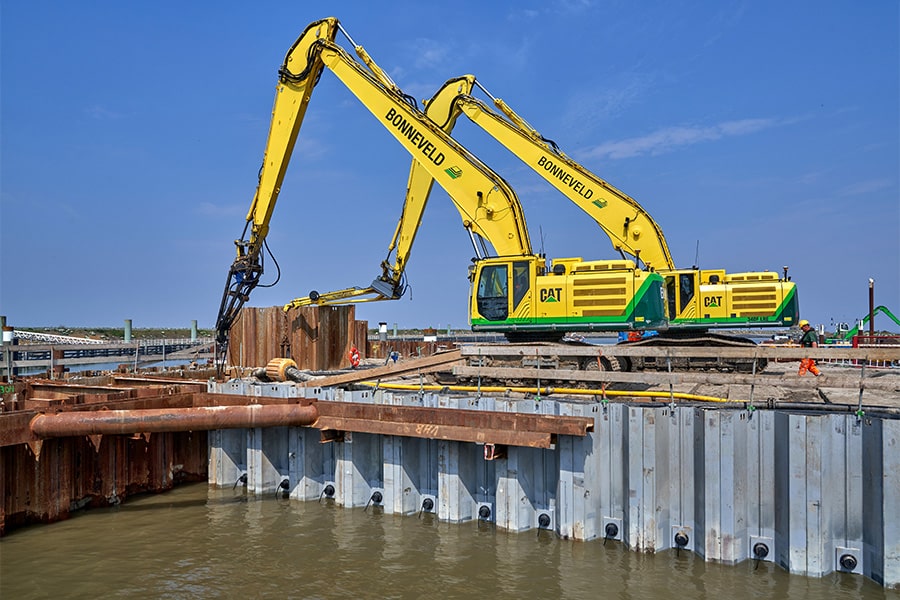
Electrification: ambition versus practice
Electrification is currently an important topic, but it also involves many investments and challenges for market participants. Electric equipment should start to replace diesel machinery, thereby significantly reducing CO2 emissions. In practice, however, experts say this is proving complex. One of the biggest obstacles is the lack of sufficient loading capacity at construction sites. Especially for heavy equipment, the grid connection is often insufficient. Another factor is the high investment and long payback period.
Furthermore, a major bottleneck is that although strict requirements are imposed in tenders, these requirements are often not enforced. This leads to unfair competition: companies invest a lot of time and money to meet all the requirements, while other parties win contracts with lower prices because they do not comply with certain rules.
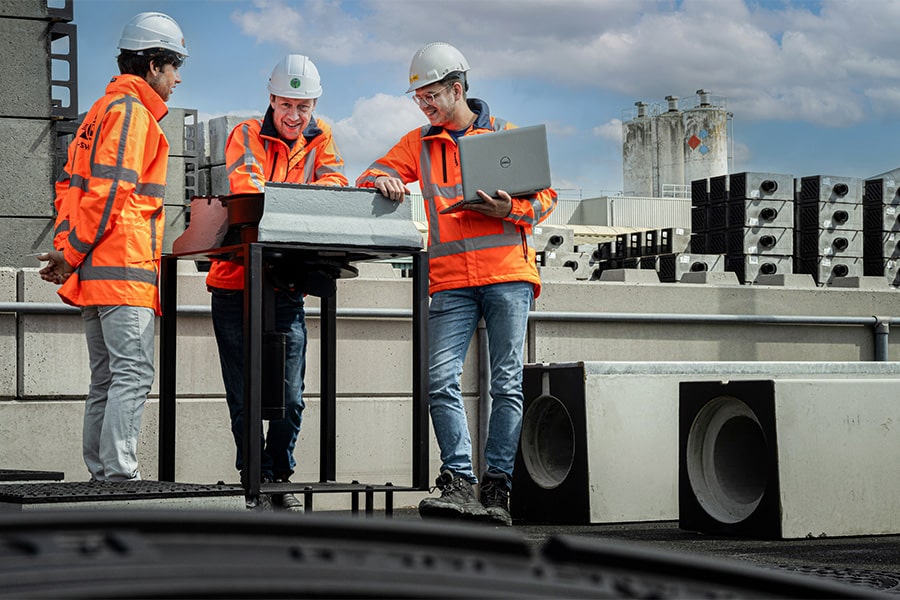
Digitization: data, AI and automation
The digitization of the GWW sector is in full swing. More and more assets are being equipped with sensors that generate data. Rijkswaterstaat is investing heavily in data-driven asset management. With AI and machine learning, maintenance predictions can be made, leading to more efficient and effective management.
This represents a major shift in human work: repetitive tasks can be taken over by AI, while human functions become more controlling and connecting. A "human interface" emerges that monitors and interprets AI systems. For example, in environmental management, digital production of plans can replace manual work, allowing for more communication with stakeholders.
Yet adoption is not universal. Small companies find it difficult to invest in them, and large organizations also struggle with fragmented initiatives. Moreover, there is fear and reluctance within some organizations to work with new technologies, in part due to concerns about cost, security and changing roles.
According to the experts, there is an urgent need for a sector-wide vision and direction on digitization, a fair distribution of revenues from innovation, and a culture change among clients as well as market players, in which innovation is rewarded instead of punished.
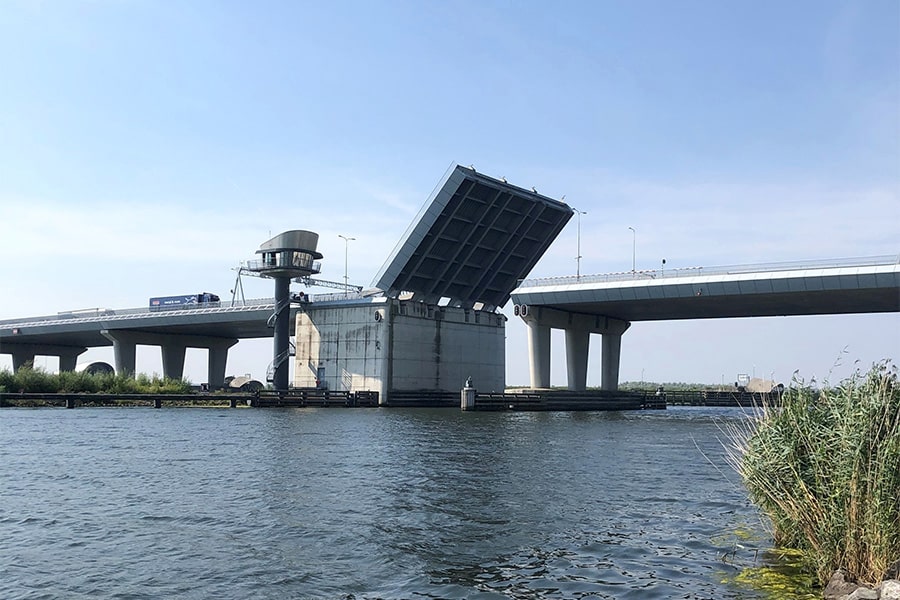
Circularity: the great promise and practice
Circularity is an essential part of the industry's sustainability ambitions. The goal is to reuse materials to save resources and reduce CO2 emissions. For example, reusing concrete rubble in new structures or reusing girders in bridges.
In practice, this proves difficult. Market parties experience that reuse is often associated with higher costs, unclear residual lifespan and additional risks. As a result, tenders often opt for new construction with traditional materials. This is compounded by a lack of cooperation at an early stage between clients and the market, resulting in innovative circular solutions not being included.
Prerequisites for successful adoption of circular solutions are early collaboration in the design phase, openness to pilots and scale-up, and clarity about own risks and ownership. One challenge is still that the supply of circular materials is currently still limited. Without sufficient materials, circular work simply cannot be done, no matter how much parties would like it.
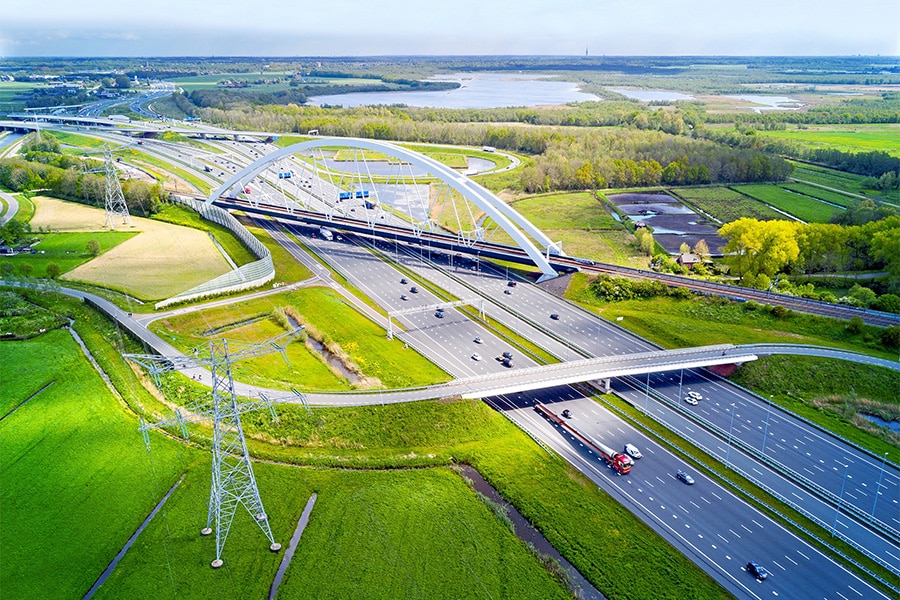
Safety and legislation
The increased focus on safety, due in part to stricter regulations and the "no working on the emergency lane" covenant, provides better protection for employees. Yet this also brings new challenges. Work may no longer take place in many places and at many times, leading to more complex scheduling of projects.
Tensions also arise in the areas of machine safety and CE marking. Who is responsible for the safety of systems in renovation projects? Market parties are often assigned responsibility, while the objects belong to the client. This leads to ambiguity, additional administrative burdens and sometimes unreasonable risk allocation.
There is broad consensus that knowledge is often lacking among clients, leading to unworkable requirements or flawed project definitions. Market participants are calling for more equal cooperation in the preparation phase to better weigh safety, cost and feasibility.
Cybersecurity is also becoming an increasingly important issue, with risks of disruption to critical infrastructure. The sector needs to invest in knowledge, training and awareness, but capacity and expertise are scarce.
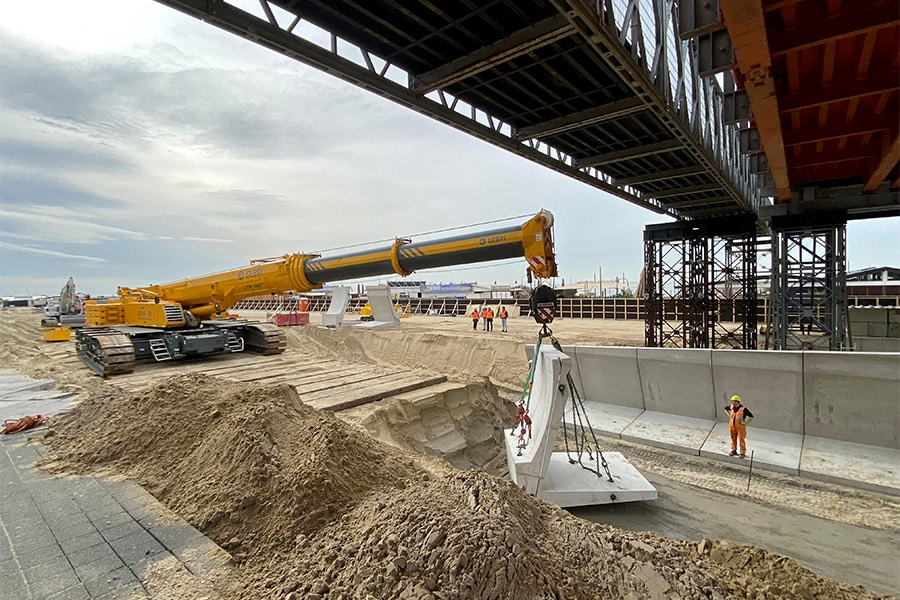
Climate adaptation: urgent but underexposed
In addition to mitigation (reduction of CO2), climate adaptation is also crucial. Water nuisance, extreme precipitation and subsidence are no longer futuristic. The GWW sector must prepare for this. This requires new designs and materials that are more resistant to these conditions.
Climate adaptation is a broad theme that requires an integrated approach and cooperation with municipalities, water boards and other parties. The experts advocate the integration of climate adaptation in all phases of project development: from design and planning to implementation and management. This requires long-term visions as well as structural budgets.
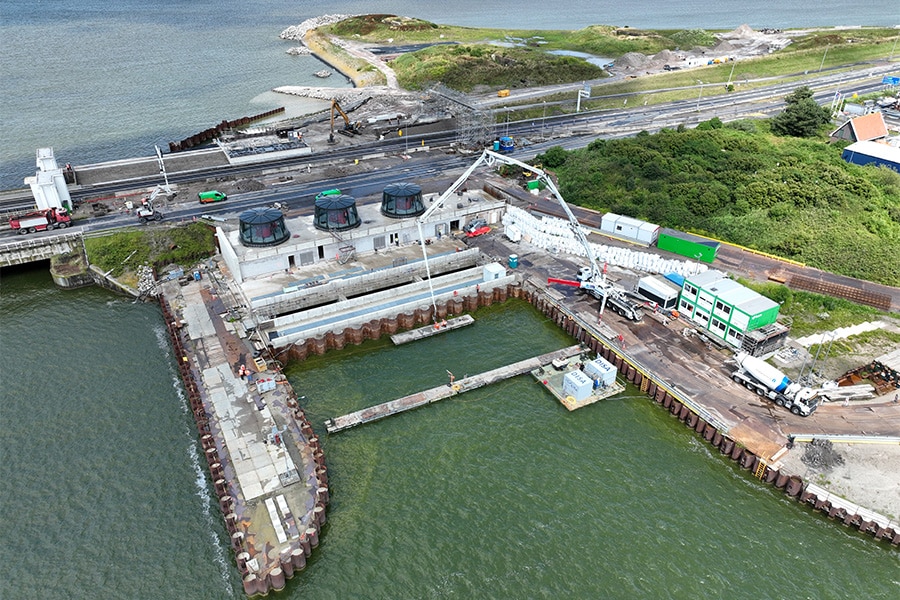
Staffing issues: structural and acute
A common thread running through all (transition) tasks is the tightness in the labor market. There is a major shortage of skilled workers in the GWW sector. Schools are often reluctant to cooperate with industry, and students prefer to choose positions that are less physically demanding.
This creates a mismatch: contractors actually need MBO graduates who gain practical experience, according to experts, but schools and students are focused on theoretical training and less on the craftsmanship the industry needs.
In addition, it is difficult to bring staff along with the rapid technological changes. Training, education and retraining are necessary, but capacity is scarce. Networking initiatives try to strengthen the connection between education and business, for example through excursions and joint projects. These are positive developments, but much work remains to be done at the sector level.
The sector needs to invest more in structural cooperation between education, government and market players. There is a joint responsibility to make the profession more attractive and visible, bring young people into contact with practice earlier, and create more room for different career paths within the GWW.
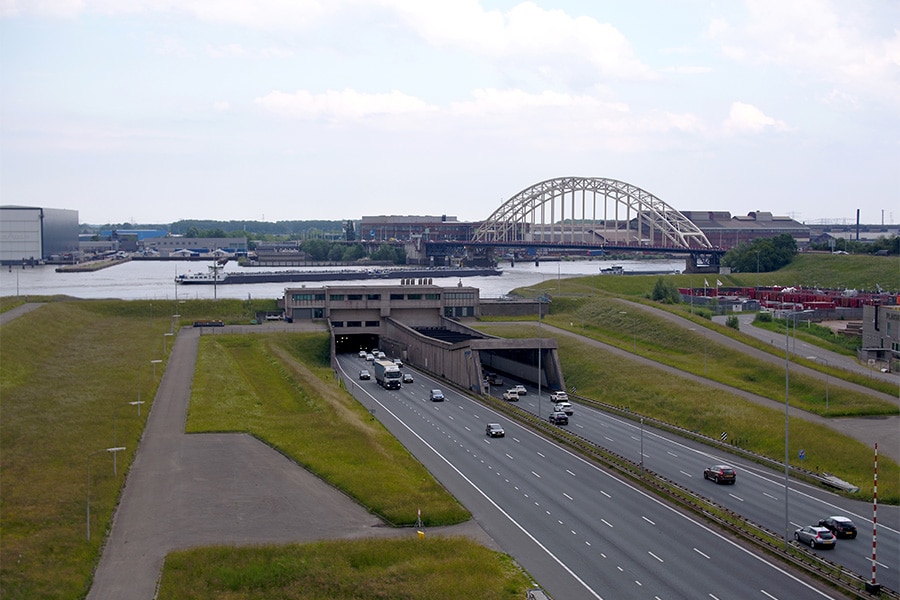
Conclusion: system change as key
The GWW sector is facing a complex transition that goes beyond simply introducing new techniques. Electrification, digitization, circularity, safety, climate adaptation and personnel development are interrelated and require an integral approach.
The bottlenecks are not only in technology, but especially in collaboration, financing, culture and direction. There is a need for more early collaboration between clients, contractors and educational institutions, with clear agreements on risks and responsibilities.
In addition, the sector must learn, dare to invest in innovation and sustainability, even if the benefits only become visible in the long term. With targeted pilots, scaling up and creating market conditions, an accelerated transition can be achieved.
The urgency is high, because societal expectations, regulations and climate challenges leave little room for delay. At the same time, there is a great opportunity to use innovative solutions not only to meet environmental goals, but also to establish a more attractive and future-proof sector.
So all in all, an exciting first meeting of the Advisory Council. Based on the insights and input from the experts, we are going to write great articles in the coming editions. To be continued! In addition, we will of course continue to pay attention to the latest developments and follow the sustainability task closely. We look forward to the next meeting of the advisory board in the fall.

